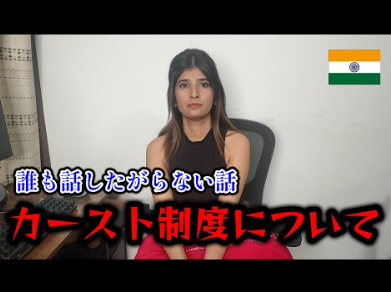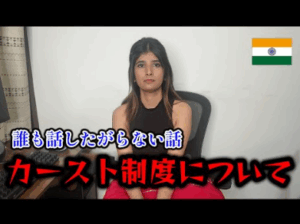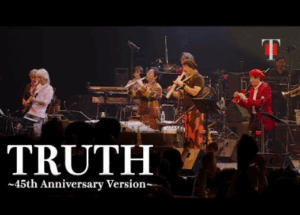【Shigeo’s Review】
This video is an extremely valuable source of information in that it explains the caste system in an easy-to-understand manner for Japanese people.
The caste system is an unavoidable theme in understanding the social structure of India, but generally in Japan, people have a strong image of “caste = system of discrimination,” and the specific details and background of the system are often unknown.
Therefore, this video is significant in that it organizes basic knowledge of the caste system and helps viewers understand it accurately.
First, the section that explains the four major castes (brahmins, kshatriyas, vaishyas, and shudras) and their social roles while showing the pyramid structure of the caste system is very easy to understand.
In particular, the fact that brahmins (intellectuals and religious people) are considered to be the closest to God, and the division into kshatriyas (royalty and warriors), vaishyas (merchants and artisans), and shudras (workers), with specifics on what occupations and roles each had, are easy to understand visually.
Also important is the explanation of “dalits”. It talks about how Dalits are not included in these four castes and have a history of harsh discrimination as the lowest strata of society.
In particular, the fact that they were forced to do jobs that other castes did not like, such as cleaning toilets, and were restricted in their freedom of education and occupation, shows the deep-rooted discriminatory structure of the caste system. Since many people are unaware of these realities, this explanation is very informative.
Furthermore, the fact that multiple theories are presented regarding the origin of the caste system shows that the origins of the system are not simple.
The fact that it has not been determined which theory is correct reflects the complexity of history: some say it was brought in by the Aryans, others say it has existed for thousands of years, and still others say that the system was clarified during the British colonial period. These multiple perspectives give viewers a breadth of thought and provide depth beyond simple understanding.
The mention in the video of subdivisions within caste (jati) and status differences by religion is important for understanding the multi-layered structure of Indian society.
For example, the story of how some Kshatriyas cannot marry if they have different jathis and the existence of status differences in religions other than Hinduism (Islam, Christianity, etc.) show the complexity of Indian society, which cannot be described only by the caste system.
It also discusses the status of the caste system in modern times, explaining that although the government has officially abolished the system, documents and social perceptions of status remain in effect.
Although it has been replaced by new terms such as open caste and scheduled caste, it also introduces the reality that the original caste can be inferred from surnames and other information, conveying the current perception that the system has been abolished as a system, but it remains deeply rooted in society.
This video is,
The basic structure and role of the caste system
– The reality of discrimination against the lowest class such as Dalits
– Multiple theories on the origin of the system
– Further hierarchical structures among religions and within castes
– Changes in the system and its current status in the modern era
The video provides a comprehensive and easy-to-understand explanation of the system in simple language, making it easy to understand even for first-time students.
We expect that future videos will focus on the impact and challenges of the caste system in contemporary Indian society, and will delve more deeply into the real life impact and discrimination issues.
This video can be recommended as a very valuable introductory resource for Japanese viewers who want to learn about the caste system in India in an accurate and comprehensive manner.
It is especially useful for those who wish to understand the issue without bias, as it is explained not only as a social issue but also in its cultural and historical context.




